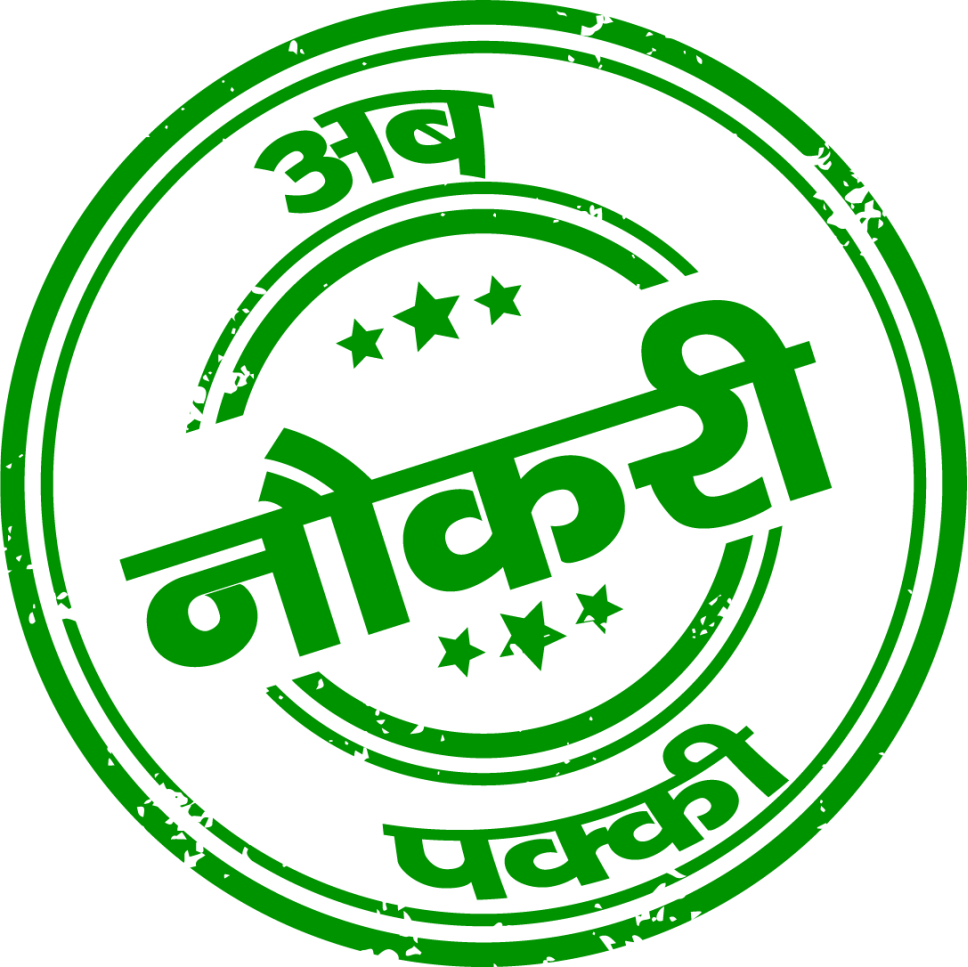Introduction: In the dynamic world of graphic design tools, the capacity to materialize one’s creative ideas through the use of the proper tools is crucial. Whether you’re a seasoned practitioner or just getting started in graphic design, having the right software and tools at your disposal can make all the difference. In this blog post, we’ll examine ten essential graphic design tools that every designer should be aware with. These tools are crucial for creating stunning visuals, boosting output, and maintaining competitiveness in the continually evolving design sector.
-
Adobe create cloud suite:
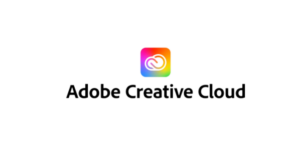
The powerful Adobe Creative Cloud includes design tools including Photoshop, Illustrator, InDesign, and more. These programs, which are considered industry standards, offer a plethora of options for picture editing, vector graphics, and page layout.
-
Sketch:

For UI/UX designers only can used graphic design tool, a vector-based design tools named Sketch was created. Because of its user-friendly interface and effective design elements, it is a fantastic choice for web and app designers.
-
Figma:
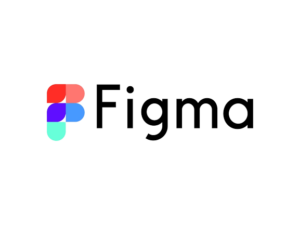
Figma is a real-time design collaboration tool that has gained a lot of popularity in graphic design tools. It is the ideal choice for teams because designers may work concurrently and remotely on the same project.
-
Canvas is the best graphic design tools:

Canvas is a user-friendly online design tool that is great for beginners and non-designers alike. For presentations, posters, presentations, social media graphics, and more, a wide variety of templates are offered.
-
Procreate:
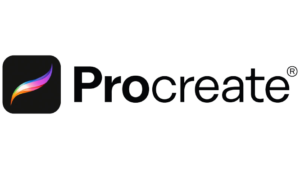
Procreate, an iPod-only app for digital painting, is available. Because of its organic feel and extensive brush library, it is popular among artists and illustrators.
-
Affinity Designer:

Affinity Designer is a capable alternative graphic design tool to Adobe Illustrator. It is well known for having affordable prices and potent vector design abilities.
-
Gravit Designer:
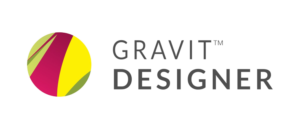
Gravity Designer is a free web-based vector design tool with a lot of features. It’s an excellent option for those seeking a free alternative to pricey software.
-
GIMP (GNU Image Manipulation Program):

Whether you are a graphic designer, photographer, illustrator, or scientist, GIMP provides you with sophisticated tools to get your job done. You can further enhance your productivity with GIMP thanks to many customization options and 3rd party plugins.GIMP is a capable open-source alternative to Adobe Photoshop. It offers several image editing tools and is perfect for anyone on a tight budget.
-
InVision:
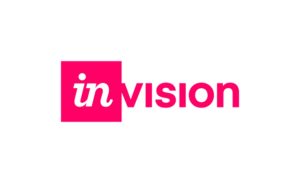
Designers can use graphic design tools and prototyping software InVision to create an animated and interactive prototype. It is crucial for UX/UI designers who want to test and refine their designs.There is something so natural about collaborating in Freehand. It feels like you’re holding a marker, and making ideas happen. I can’t imagine doing that in another tool. It captures that human essence of being in person and talking to someone that is right next to you and getting work done together. Especially in today’s world when everything is remote. It makes for really organic communication.
-
Adobe Spark:
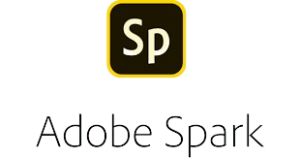
With Adobe Spark, it’s simple to produce engaging social media graphics, websites, and videos. It is really useful for quick design projects and social media marketing.
Conclusion: The efficiency and calibre of your work as a graphic designer can be significantly impacted by the tools you choose. These ten essential graphic design tools perform a range of functions and satisfy various design specifications. You could find that certain tools are more appropriate for your specific projects and preferences than others. Test them out, hone your skills, and allow these resources to stimulate your creative thinking in the area of graphic design tools. When you have these resources at your disposal, whether you’re designing for print, the web, or mobile, you’ll be able to create stunning images and keep your position as a leader in the design industry.

